#École des Beaux-Arts
Explore tagged Tumblr posts
Text

1975 Paris, école des Beau-Arts
#1975#Paris#école des beaux-arts#vintage#analog photography#film photography#1970s#photography#original photographers#streetphotography#blackandwhite#pierre wayser
37 notes
·
View notes
Photo

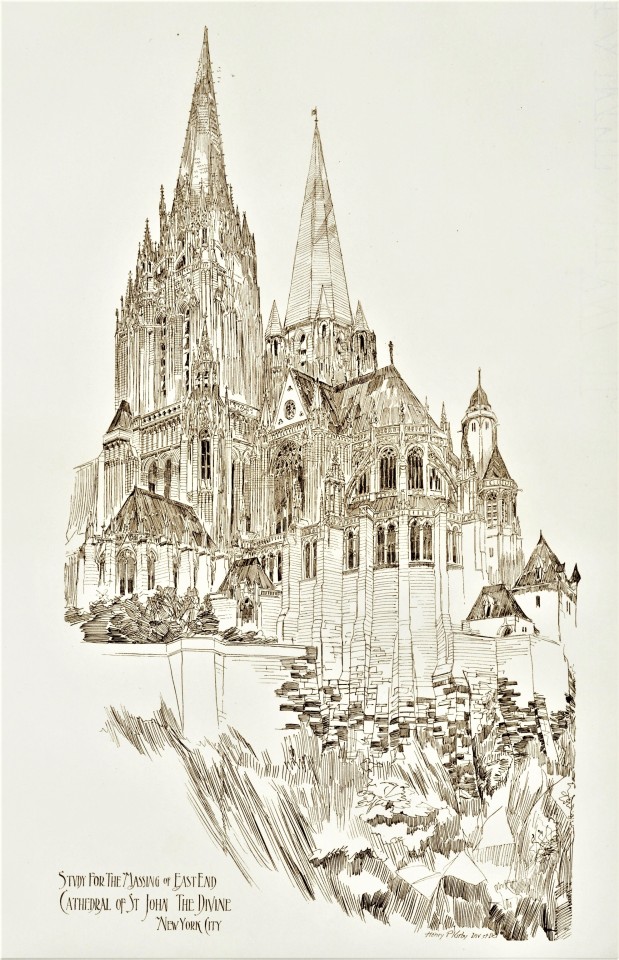

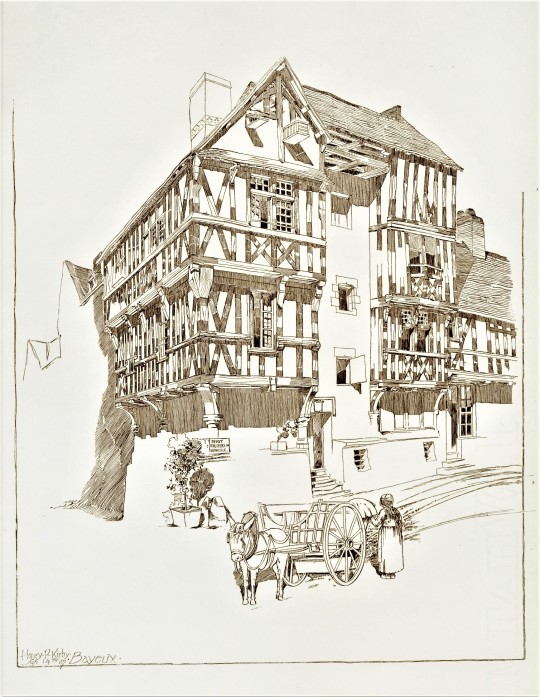
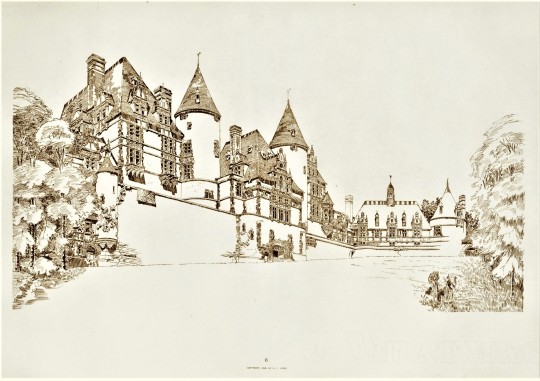
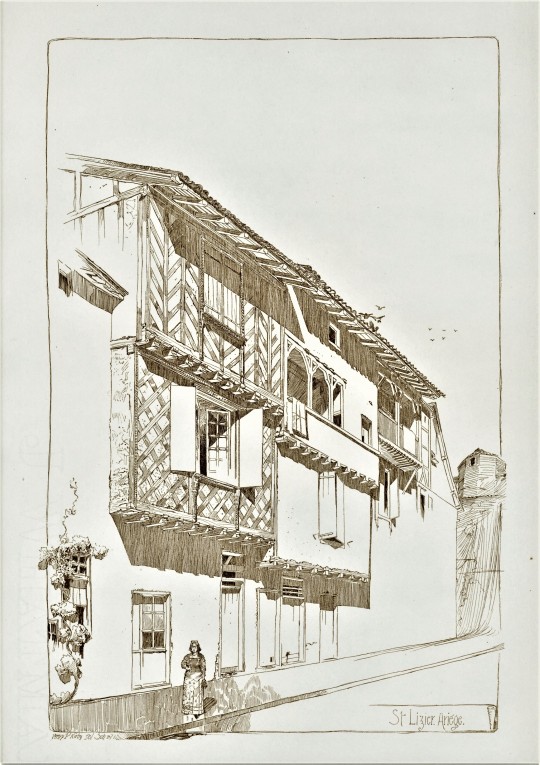

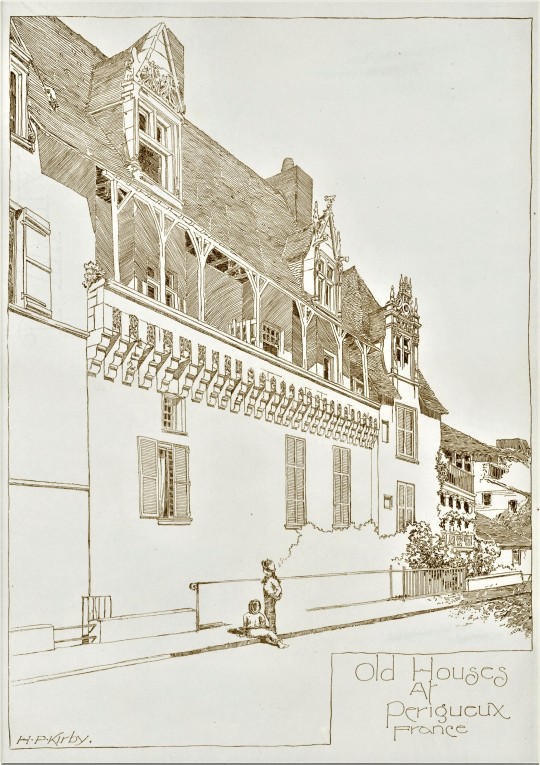

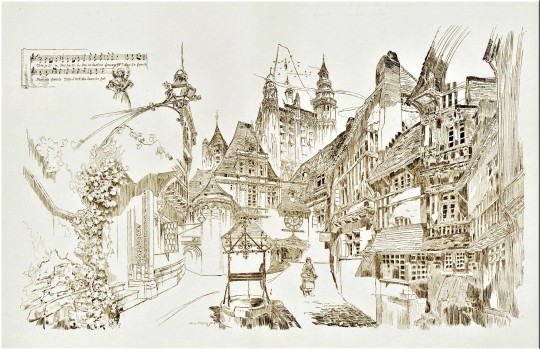
Decorative Sunday with Henry P. Kirby
These charming sketches are the work of New York architect Henry P. Kirby (1853 - 1915). Architectural Compositions contains fifty loose plates printed on Whatman paper and housed in a portfolio. It was published in Boston in 1892 by Bates, Kimball & Guild, publishers of one of the United State’s leading architectural journals of that time, The Architectural Review (Boston), not to be confused with the longer running Architectural Review still in publication out of London.
Kirby would have been working as a draftsman for George B. Post at the time of publication, for whom he later worked as lead designer before striking out on his own. Some of the subject matter also evokes Kirby’s time in France, where he studied at the École des Beaux-Arts after training with his father, also an architect. Per the subtitle, some of the sketches were “made in connection with actual projects,” while many were “the result of study during leisure moments.” I found Kirby’s eye for the human elements in his sketches particularly endearing, from the foreground figures to details on the buildings themselves, like open widows and overgrown foliage, or what looks like a duvet cover hanging out to dry (first image above).
For any music buffs reading, the final sketch includes some bars of "Très-jolie" from the opéra comique smash hit La Fille de Madame Angot.
Our copy of Architectural Compositions was gifted to UWM by Gustav A. Elgeti in 1966.
Find more Decorative Sunday posts here.
-Olivia, Special Collections Graduate Intern
#Decorative Sunday#Architectural Compositions#Henry P. Kirby#Henry Petit & Green#Bates Kimball & Guild#The Architectural Review#George B. Post#École des Beaux-Arts#La Fille de Madame Angot#decorative plates#decorative arts#beaux-arts#architecture#architectural drawings#architectural plates#olivia
433 notes
·
View notes
Text
academic art
Academic art, a style prevalent in the 19th century, adhered to traditional techniques and subject matter, often depicting historical, mythological, or biblical themes. It emphasized realism, precise draftsmanship, and idealized forms, aiming to elevate the viewer's moral and intellectual sensibilities. Led by institutions like the École des Beaux-Arts in Paris, academic art set strict standards, which some saw as stifling creativity. Yet, its influence persisted, shaping the development of art education and laying the groundwork for later movements to rebel against its conventions.
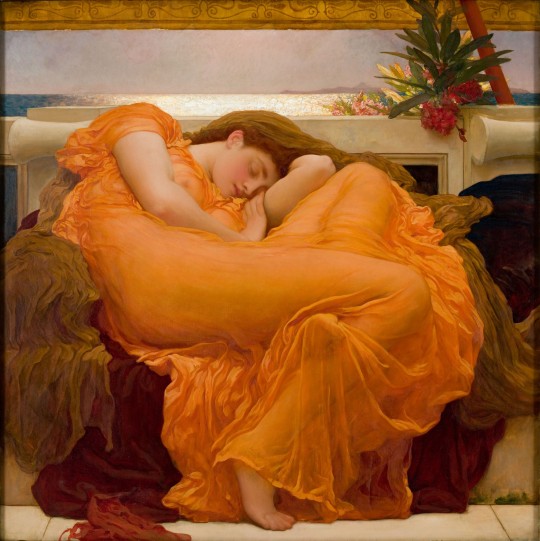
flaming june by frederic leighton
#art#artist#european style#academic art#daily art#french#frech aesthetic#french style#historical#greek mythology#traditional techniques#realism#école des beaux-arts#paris#art education#19th century#romantacism#neoclassicism#dark academism#light academism#academism#l'art pompier#eclecticism#historicism#syncretism#painting#sculpture#european academic#french académie#moral and intellectual sensibilities
5 notes
·
View notes
Text

source Moto Vitelloni - Wheels n' wings
68 notes
·
View notes
Text

source : @cheminer-poesie-cressant
.
Impuissant et résigné nous disons "tout s'accélère".
En réalité nous profitons de plus en plus de la vie
car le passage du temps sous nos yeux a de moins en moins de secret.
Nous en connaissons l'ouverture et nous en connaissons la fin.
Nous le ressentons jusque dans nos veines.
Et nous approchons chaque jour davantage la vérité, le cœur de la vie.
.
(Dans la portée des ombres, extrait)
© Pierre Cressant
(mercredi 5 octobre 2005)
#poésie#poème#poètes sur tumblr#french poetry#poésie contemporaine#poètes français#dans la portée des ombres#le temps#méditation sur le temps#art#paintings#école de Fontainebleau#renaissance française#1580#la dame à sa toilette#musée des beaux arts de dijon
15 notes
·
View notes
Text

#Unknown photographer - School of fine arts on a trip to Paris#the class of Jean-Léon Gérôme#surrounding a model at the École des beaux-arts#circa 1895
5 notes
·
View notes
Text
Mostra "Emanuele Luzzati tra Fiaba e Fantasia" a Cherasco: Un Omaggio all'Arte dell'Immaginazione
Un viaggio attraverso le opere di Emanuele Luzzati, tra scenografie teatrali, illustrazioni e reinterpretazioni oniriche, per celebrare la creatività di un artista poliedrico
Un viaggio attraverso le opere di Emanuele Luzzati, tra scenografie teatrali, illustrazioni e reinterpretazioni oniriche, per celebrare la creatività di un artista poliedrico La città di Cherasco ospita la mostra “Emanuele Luzzati tra Fiaba e Fantasia” presso il Palazzo Salmatoris, aperta al pubblico dal 1° novembre 2024 al 23 febbraio 2025. Questa esposizione, a ingresso gratuito, è un omaggio…
#Arte visiva#Illustrazione#Alessandria today#animazione#arte applicata#Arte contemporanea#arte decorativa#Arte Italiana#Arte moderna#arte per bambini#arte poliedrica#arte pubblica#École des Beaux Arts#Banca di Cherasco#Cherasco#collage#Comune di Cherasco#Creatività#Cubismo#Cultura#decorazione d&039;interni#Emanuele Luzzati#Esposizione#Evento culturale#Fantasia#Fiaba#Fotografia#futurismo#Genova#Google News
0 notes
Photo
Originally appeared as a poster produced by the Atelier Populaire at the École des Beaux Arts in Paris during May 1968 riots.

1973
1K notes
·
View notes
Text

‘Figure Study’, by Edgar Maxence (1871-1954). French Symbolist portrait and figure painter. École Nationale Supérieure des Beaux-arts, Paris.
207 notes
·
View notes
Text


Deborah Turbeville - Romeo Gigli, Mirabella Magazine, École des Beaux-Arts, Paris, 1989, from Deborah Turbeville: The Fashion Pictures (2011)
#deborah turbeville#romeo gigli#mirabella magazine#photography#fashion photography#vintage fashion#vintage style#vintage#retro#aesthetic#beauty#80s#80s fashion#1980s#1980s fashion
165 notes
·
View notes
Text

1975 Paris, ecole des Beaux-Arts
#1975#Paris#école des Beaux-Arts#vintage#analog photography#film photography#1970s#photography#original photographers#blackandwhite#pierre wayser
12 notes
·
View notes
Text
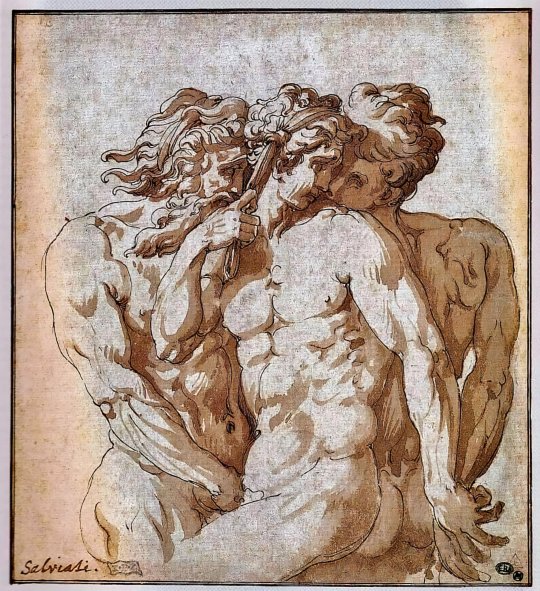
Francesco Salviati, Tre nudi maschili, 1527 ca., Parigi, École Nationale Supérieure des Beaux-Arts.
296 notes
·
View notes
Text
I know I spent two days without posting any lesbian pride post lol but I swear I'm gonna post two posts per day in the following days to make up for it. I am again going to talk about an artist, but from a different period this time.
Rosa Bohneur !
(I love her name by the way... Bohneur means happiness in french and that's such a pretty name to have)
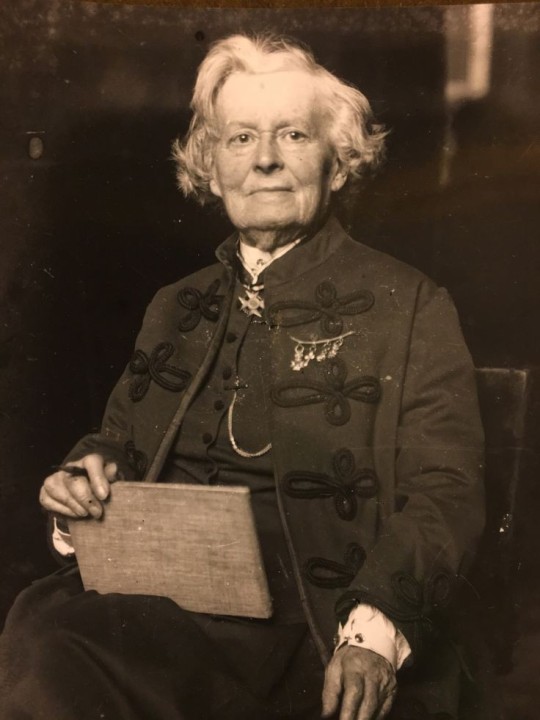
Marie-Rosalie Bonheur, known as Rosa Bonheur, was born in 1822 in Bordeaux and died in 1899 in Thomery. She was a French painter and sculptor specialising in representations of animals.
She has kind of an interesting family story (mother adopted by a rich guy who found out later who was her real father, siblings all artists, father who met a lot of interesting people, links with many famous people...) but it would be too long to talk about it and I want to focus on Rosa herself. Do check it up if you're interested!
During her youth, Rosa Bonheur had a reputation for being a tomboy, a reputation that followed her throughout her life and which she made no attempt to deny, wearing her hair short and later smoking cigarettes and cigars. Her emancipated lifestyle never caused a scandal, even though she lived in an era that was very concerned with convention. Like all women of her time, Rosa Bonheur had to apply to the Prefecture of Paris for a cross-dressing permit, renewable every six months, in order to wear trousers, in particular to attend livestock fairs, travel or ride horses.
Here's one of her permits, from 1857 :
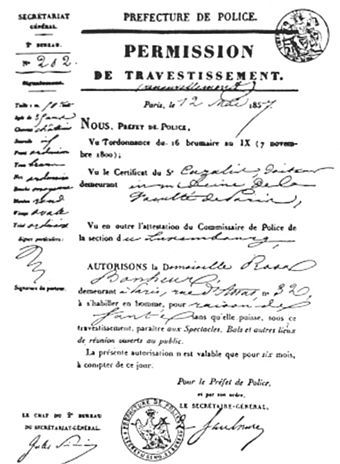
And though many historians tried to deny the fact that she was a lesbian, she always refused to marry a man, has only ever had relationships with women and literally wrote that she never felt any sort of love, attraction or tenderness for men, "besides a frank and good friendship for those who had all my esteem". After the death of the woman she loved, she also wrote "If I'd been a man, I'd have married her, and they wouldn't have made up all those silly stories..." You got it : even if she didn't shout it from the rooftops, Rosa was very probaby a homosexual woman.

Rosa Bohneur grew up in a fairly wealthy family, thanks to the financial support of her mother's adoptive father. But when her mother's father died, the family was left without any such support, and fell into dire poverty. When Rosa was 11, her mother died, which deeply traumatised her. She kept a lifelong admiration for her mother.
In 1836, at the age of 14, she met Nathalie Micas, who became her lover. Only Nathalie's death 53 years later separated them.
Her father remarried in 1842 to Marguerite Peyrol, with whom he had a last son, Germain, who would also become a painter. Rosa Bonheur did not get on well with her stepmother and when her father died in 1849, she left the family home to live with the Micas.
After her mother's death, Rosa Bonheur went to primary schools, was apprenticed as a dressmaker and then went to boarding school. Eventually her father took her into his workshop, where her artistic talents were revealed. He was her one and only teacher. Gradually, she developed a passion for animal art, which became her speciality.
She exhibited for the first time, at the age of 19, at the Salon of 1841. She won a 3rd class medal at the Salon of 1845, and a 1st class medal (gold) at the Salon of 1848. This award enabled her, at the age of 26, to obtain a commission from the State to produce an agrarian painting (paid 3,000 francs). The painting resulting from this state commission, "Labourage nivernais" was supposed to go to the Musée des Beaux-Arts in Lyon. But it was so successful at the 1849 Salon that the Beaux-Arts department decided to keep it in Paris, at the Musée du Luxembourg. After Rosa Bonheur's death, the work went to the Louvre, before being transferred to the Musée d'Orsay in 1986.

When her father died in March 1849, Rosa Bonheur replaced him as director of the École impériale gratuite de dessin pour demoiselles (or École gratuite de dessin pour jeunes filles). She remained in this position until 1860: ‘Follow my advice and I'll turn you into Leonardo da Vinci in skirts’, she often told her pupils.
In 1860, she moved to a huge house in By, where she had a huge workshop built, and ample space for her animals. One of her relatives wrote: “She had a complete menagerie in her house: a lion and a lioness, a deer, a wild sheep, a gazelle, horses, etc. One of her pets was a young lion she let run around. My mind was freer when this leonine animal died".
In June 1864, Rosa was visited by Empress Eugenie, who invited her to lunch at the Château de Fontainebleau with her husband. The following year, Eugenie returned to see her, to present her with the Legion d'honneur herself. Rosa is the ninth woman and the first artist to receive this distinction. About this, The Empress said :
“At last, you've been knighted. I am delighted to be the godmother of the first woman artist to receive this high distinction. I wanted the last act of my regency to be devoted to showing that, in my eyes, genius has no sex."
She was also the first woman to be made an officer in this order, in April 1894 (first female officer of the Legion d'honneur).
Rosa traveled extensively with her lover Nathalie, herself a painter and mechanical enthusiast (she invented and patented a railway braking system), and painted many pictures inspired by her travels.
In 1889, Nathalie died after some 50 years together. It was then that Rosa expressed her regret at not having been able to marry her.
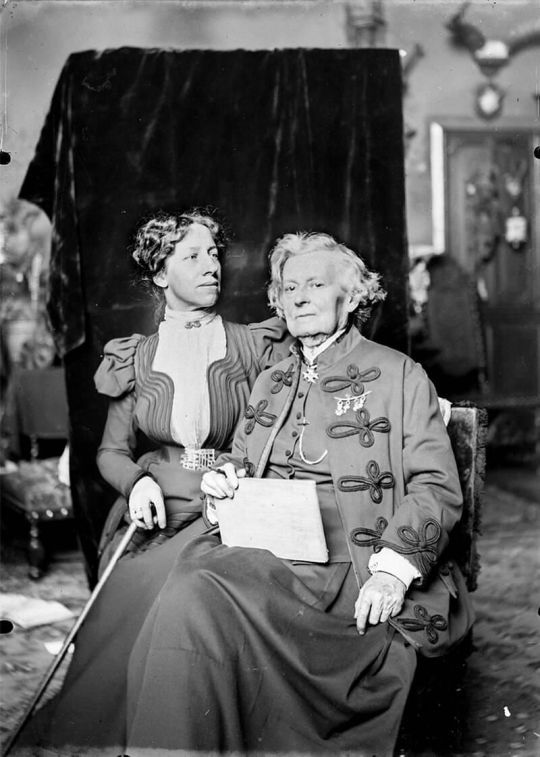
After Nathalie's death, Rosa met Anna Klumpe, a talented American painter. The two women moved in together some time later.
Rosa Bohneur died of pulmonary congestion in 1899, without having completed her last painting, “La foulaison du blé en Camargue”, a monumental canvas she had planned to exhibit at the 1900 Universal Exhibition.
She is buried in Père Lachaise cemetery, alongside Nathalie, her parents and Anna (who died years after her). She left her entire fortune to Anna, who, in 1908, published a biography of Rosa Bonheur and created a Rosa-Bonheur prize at the Société des artistes français. The Société des Artistes français posthumously awarded her the Medal of Honor shortly after her death.
Rosa could have had military honors at her funeral, but she specified in her will that she did not wish this.
There's a lot of interesting things to say about Rosa, her art and her history, so I suggest you do some research on her! She was a very talented and strong-willed woman who had a huge impact on French art and left a considerable cultural legacy.
Here are some of her paintings :
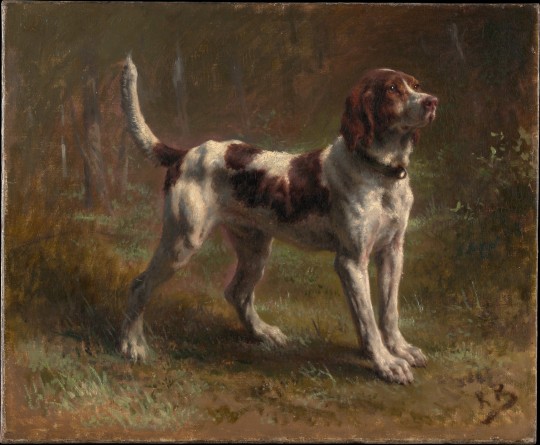
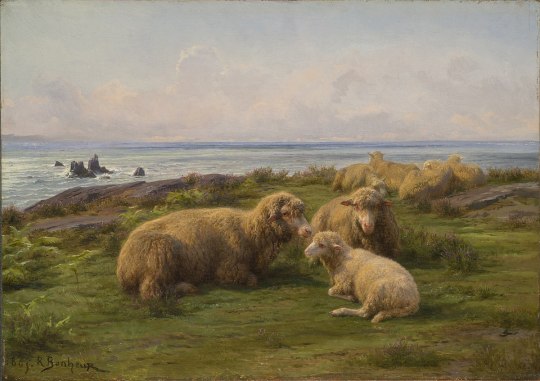
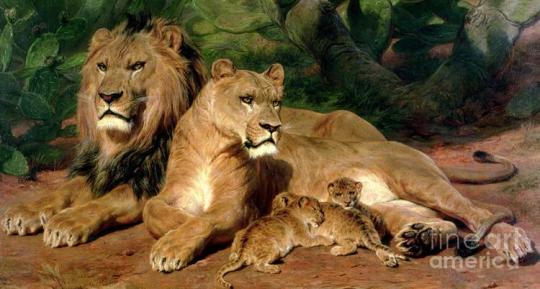
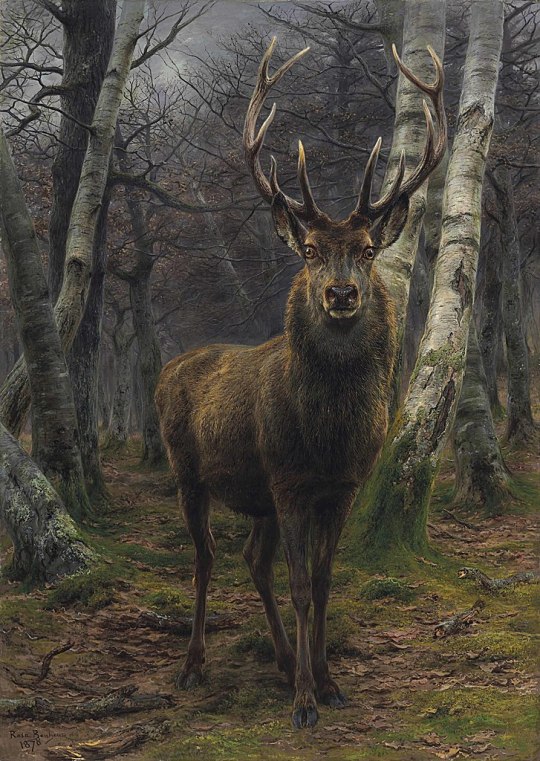
I personally love them ! I am not a painting expert, I just find them sooo pretty.
See you tomorrow :)
#lesbian#lesbian pride#pride#pride month#female homosexual#female homosexuality#rosa bonheur#french art#painting#art#lesbian history
231 notes
·
View notes
Text

Magnifico disegno di Francesco Salviati, Tre nudi maschili, 1527 ca., Parigi, École Nationale Supérieure des Beaux-Arts..
202 notes
·
View notes
Text






JEAN JULES DU NOUY - HOMERE MENDIANT, 1881
According to mythology, Homer, the blind and destitute ancient Greek poet, wandered from town to town guided by a shepherd boy, reciting verses and playing his lyre to survive. Rather than depicting a glorious moment of performance, as a more traditional history painter might have done, Du Nouy focused on the very human aspects of Homer's poverty, an approach in keeping with the painter's néo-grec taste.
Lecomte du Nouy's education under masters like Charles Gleyre and Jean-Léon Gérôme at the École des Beaux-Arts in Paris instilled in him a love for historical accuracy and detailed realism. His teachers' influence is evident in the meticulous detail and the choice of historical subjects. The painting reflects the academic tradition's emphasis on storytelling through art, where every element (from the clothing to the setting) is chosen to convey a narrative or moral lesson.
At the time, academic art was still predominant, and works like "Homère mendiant" would have been celebrated for their adherence to the principles taught at the École des Beaux-Arts: technical mastery, composition, and fidelity to classical themes. However, this was also a period when the art world was beginning to see the rise of movements like Impressionism, which would eventually challenge the dominance of academic art, though not significantly affecting the immediate reception of this painting
The depiction of Homer as a beggar has been interpreted in various ways, from a commentary on the fate of artists and poets who might end their lives in obscurity despite their contributions to culture, to a broader reflection on the transient nature of fame and fortune.
75 notes
·
View notes
Text

Philippe Vermès Atelier Populaire Posters in Support of Joint Worker/Student Demonstrations Rocking France, École des Beaux-Arts, Paris 1968
57 notes
·
View notes